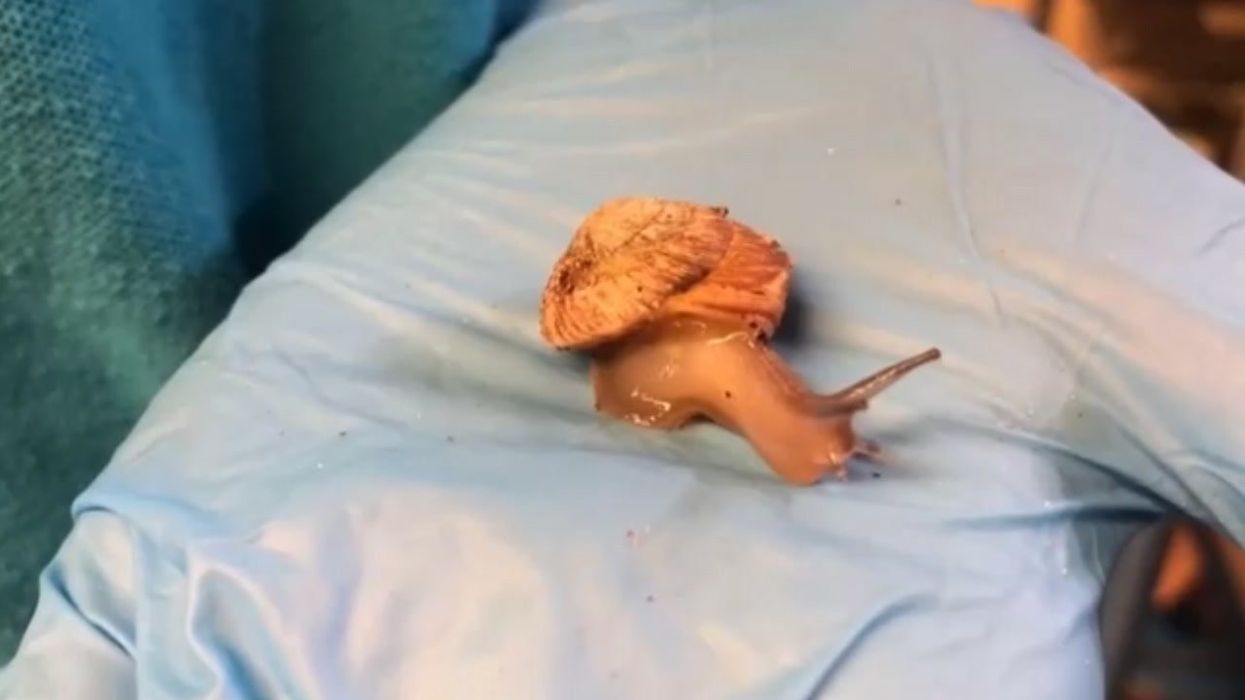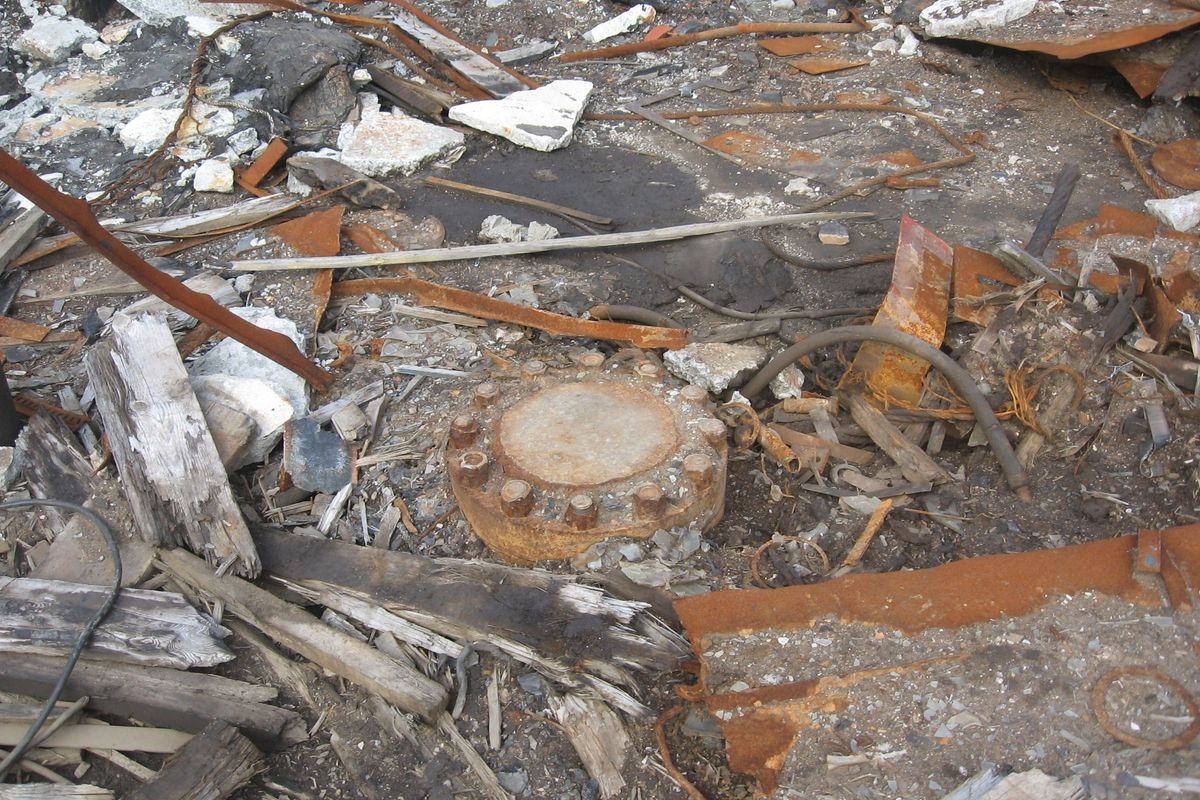Harry Fletcher
May 01, 2023
Meet the Bermuda land snail that came 'back from the dead'
content.jwplatform.com
The world has never been more aware – and more terrified – of mind-controlling parasites after zombie drama The Last of Us became one of the first TV hits of 2023.
The idea of brain-altering infections has been scaring us senseless ever since, and now people are returning to one of the more disturbing occurrences of the natural world.
Colourful ‘zombie’ snails have been known for many years, but the concept came to a wider audience in 2019.
Back then, hiker Lin Ruian stumbled across the most colourful gastropod she’d ever seen and captured it in a video that soon went viral.
Sign up to our new free Indy100 weekly newsletter
Ruian noted the “flashing lights” she was observing on the creature, which she spotted in hillside in Taiwan’s Changhua County.
“The snail looked like it had multicoloured neon lights inside,” Ruian told Viral Press. “I don’t know what was causing it but it was very strange. I poked it with a stick and it rolled over.”
These Worms Turn Snails Into Disco Zombieswww.youtube.com
It looked like the snail was tripping out on its own quite happily, but the truth is much more sinister.
In fact, the creature was host to a parasitic flatworm called green-banded broodsac, also known as leucochloridium paradoxum.
One inside the snail, the parasite takes control of the creature’s motor neurons. It then proceeds to enter into the eye stalks and pulsate in vivid colours in order to imitate caterpillars and entice birds.
The “zombie snail” then waits to be eaten in order to find a new home in the animal’s stomach.
Tomasz Wesołowski of Poland’s Wrocław University first described the behaviour of the leucochloridium paradoxum parasite in 2013.
According to him, the parasite is able to make the snail move up to three times faster than usual and move themselves into dangerous areas “on the upper parts of plants and higher elevated places [and make] them easier to be spotted by foraging birds”.
Have your say in our news democracy. Click the upvote icon at the top of the page to help raise this article through the indy100 rankings.
Top 100
The Conversation (0)














